Method provides efficient, standardized species identification
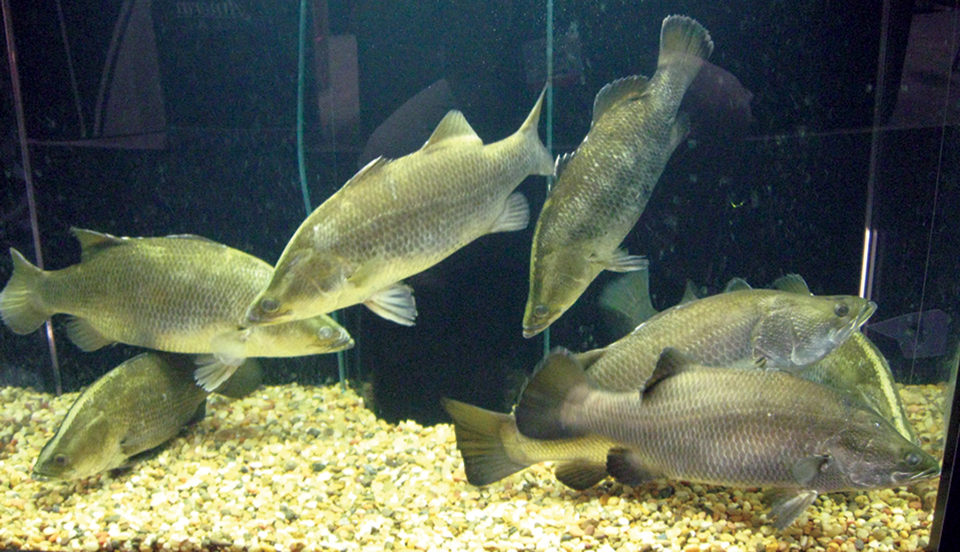
DNA barcoding has been adopted as a global biological identification system for animals in recent years. DNA barcoding first came to the attention of the scientific community in 2003, when Paul Hebert’s research group at the University of Guelph published a paper titled “Biological Identifications Through DNA Barcodes.” So far, scientists from over 30 different countries have participated in this international plan.
The goal of this international effort is to establish an easy and cost-effective way of species identification by reading a standardized region of DNA in a biological sample. In this technique, a short genetic marker in an organism is used to identify the species to which a plant, animal, fish or fungus belongs.
DNA barcoding has the potential to be a practical method for identification of the estimated 10 million species of eukaryotic life on earth. It will be of great utility in conservation biology and biodiversity surveys.
DNA barcoding in fish
DNA barcode sequences are very short relative to the entire genome and can be obtained reasonably quickly and cheaply. The cytochrome c oxidase subunit 1 mitochondrial region is emerging as the standard barcode region for higher animals.
The ability of barcoding to identify samples from whole or part specimens has important implications for fish retailing; fish management such as bycatch monitoring; sustainable fisheries; identification of threatened, endangered and protected species; and fish invasions such as recognition of range changes associated with climate change. The technology can unambiguously identify not only whole fish, but also fish eggs and larvae, fish fragments, fish fillets and processed fish.
It is anticipated that DNA barcoding will generate extensive data on ecology, geographic ranges of fisheries resources, nursery areas and spawning grounds. Barcoding studies could provide more detailed information about aquatic trophic chains, revealing which fish species are preyed upon by other fish species or sea birds. This ecological information could then be incorporated into models as well as provide new data for use in management and conservation.
Potential forensic applications of fish DNA barcoding include the monitoring of fisheries quotas and bycatch inspection of fisheries markets and products, the control of trade in endangered species and improvements in the traceability of fish products. DNA barcoding could also be used to detect fraudulent species substitutions and identify undesirable animal or plant material in processed foodstuffs.
Standardized reference
Once established, a standardized library of digital barcodes will provide an unambiguous reference that can be applied by non-specialists to facilitate identifying species across the globe and through centuries. The library will make possible identification of all species – whether abundant or rare, native or invasive – engendering appreciation of biodiversity locally and globally.
Compiling the library of barcodes will begin with the millions of specimens in museums, herbariums, zoos and gardens, and will strengthen ongoing efforts to preserve Earths’ biodiversity. Barcoding links biological identification to advancing frontiers in DNA sequencing, miniaturization in electronics and computerized information storage that will include hand-held barcode devices.
Disadvantages
The DNA barcoding system relies on greater cytochrome c oxidase gene I (COI) sequence divergence (Fig. 1) species than within species. However, plants have a much slower rate of COI evolution than animals. Therefore, a more suitable marker is needed for use in DNA barcoding these groups.
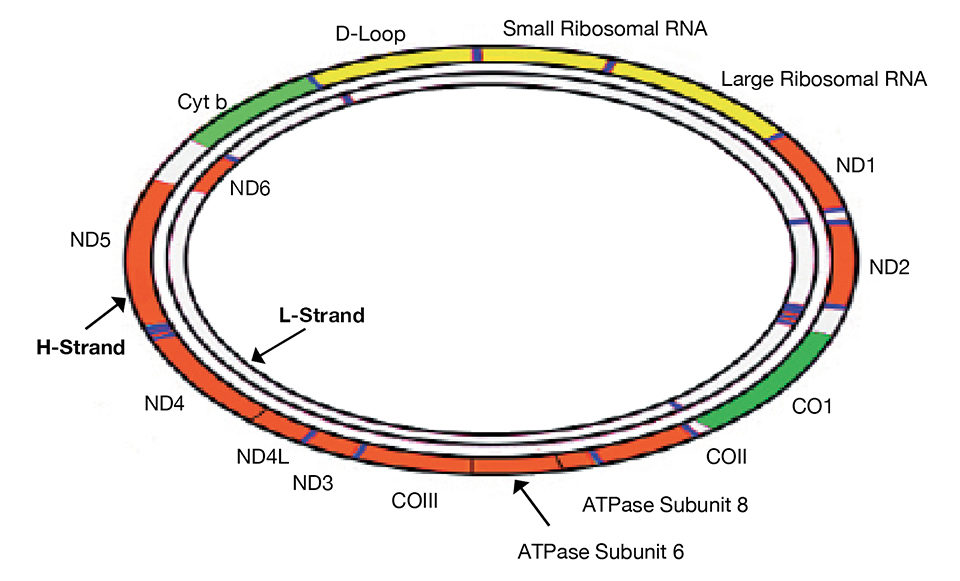
Chloroplast genes such as rbcl have been proposed as a barcode candidate for plants. No single gene will work for all taxa. The single-gene approach is less precise than using multiple genes and may introduce unacceptable errors.
(Editor’s Note: This article was originally published in the March/April 2012 print edition of the Global Aquaculture Advocate.)
Now that you've reached the end of the article ...
… please consider supporting GSA’s mission to advance responsible seafood practices through education, advocacy and third-party assurances. The Advocate aims to document the evolution of responsible seafood practices and share the expansive knowledge of our vast network of contributors.
By becoming a Global Seafood Alliance member, you’re ensuring that all of the pre-competitive work we do through member benefits, resources and events can continue. Individual membership costs just $50 a year.
Not a GSA member? Join us.
Authors
-
Debtanu Barman
Laboratory of Aquaculture
Artemia Reference Center
Ghent University
Ghent, Belgium -
Suvra Roy
Central Institute of Fisheries Education
Deemed University
Mumbai, India -
Vikash Kumar
Central Institute of Fisheries Education
Deemed University
Mumbai, India -
Sagar C. Mandal
College of Fisheries
Central Agricultural University
Lembucherra, Tripura, India -
Vikas Kumar, Ph.D.
Laboratory for Ecophysiology, Biochemistry and Toxicology
Department of Biology
University of Antwerp
B-2020 Antwerp, Belgium
Tagged With
Related Posts
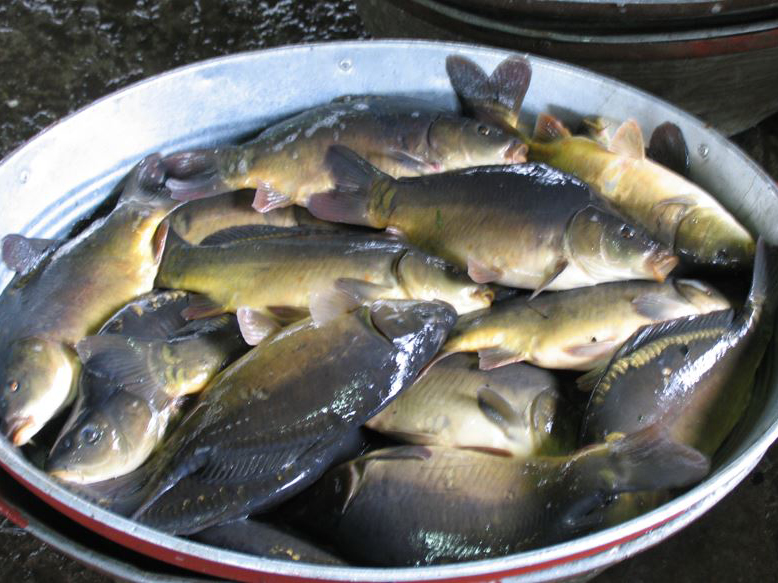
Health & Welfare
Barcoding, nucleic acid sequencing are powerful resources for aquaculture
DNA barcoding and nucleic acid sequencing technologies are important tools to build and maintain an identification library of aquacultured and other aquatic species that is accessible online for the scientific, commercial and regulatory communities.
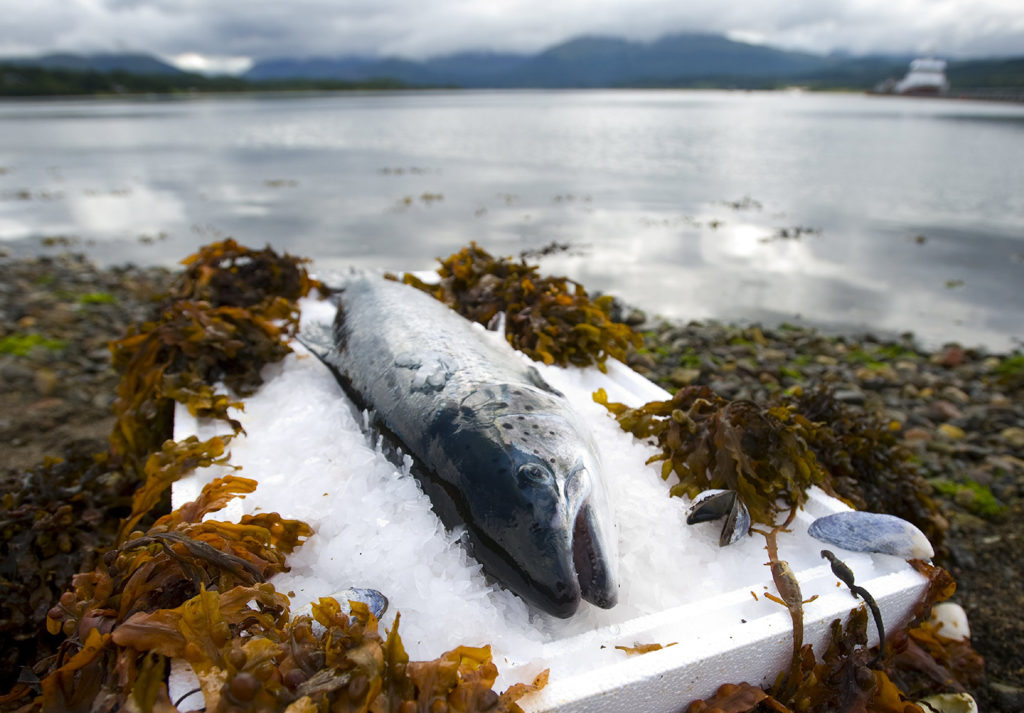
Intelligence
Aquaculture UK: Stepping up to the plate
There’s considerable opportunity to grow the UK aquaculture industry. At the Aquaculture UK exhibition and conference in Aviemore, Scotland shows the way.
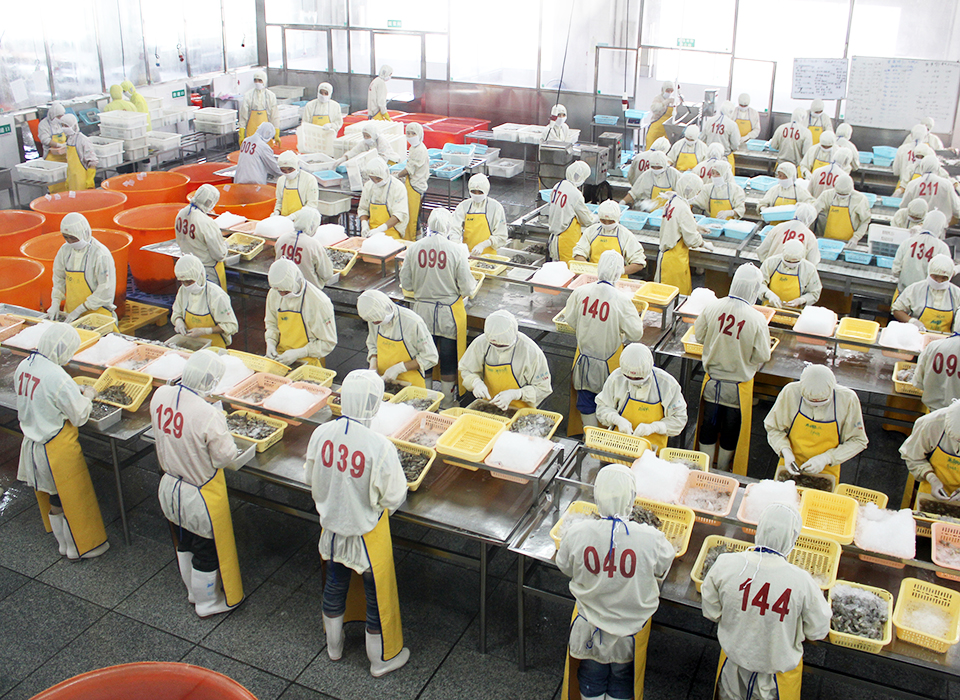
Health & Welfare
Antibiotic-resistant bacteria, part 2
The development of antimicrobial resistance genes in human pathogens as a consequence of exposure to antibiotics in aquaculture is widely documented. Reports implicate foodborne antibacterial-resistant pathogenic bacteria in human disease.
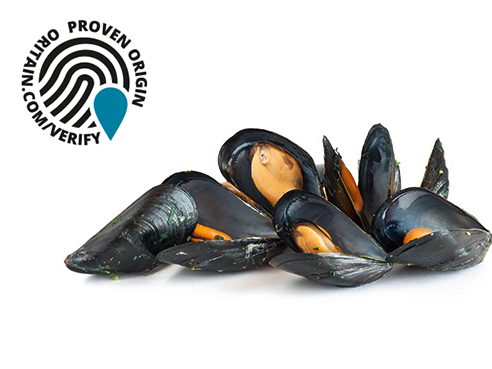
Intelligence
Can a ‘chemical fingerprint’ deter seafood fraud?
Because paper trails aren’t perfect, some food producers are going beyond written or digital records to prove their products’ authenticity and prevent economic fraud. Is farmed seafood a perfect fit for forensic-science traceability?



